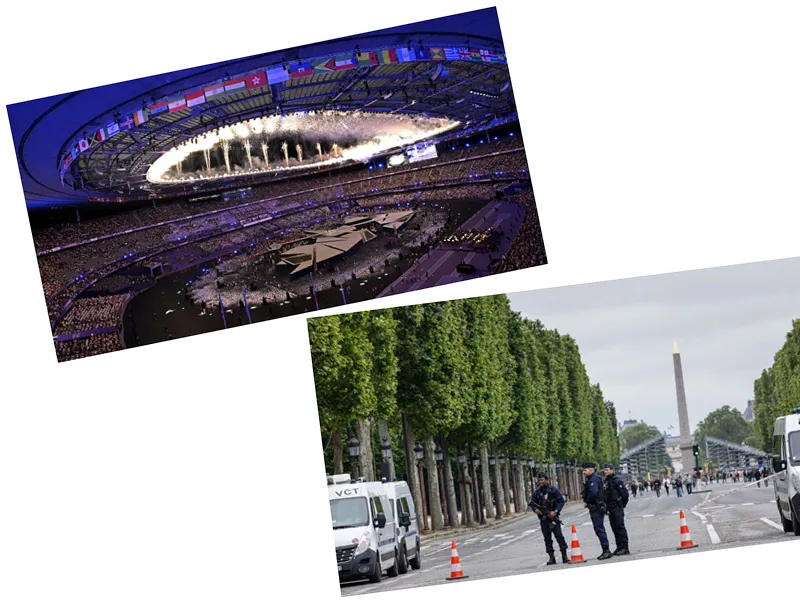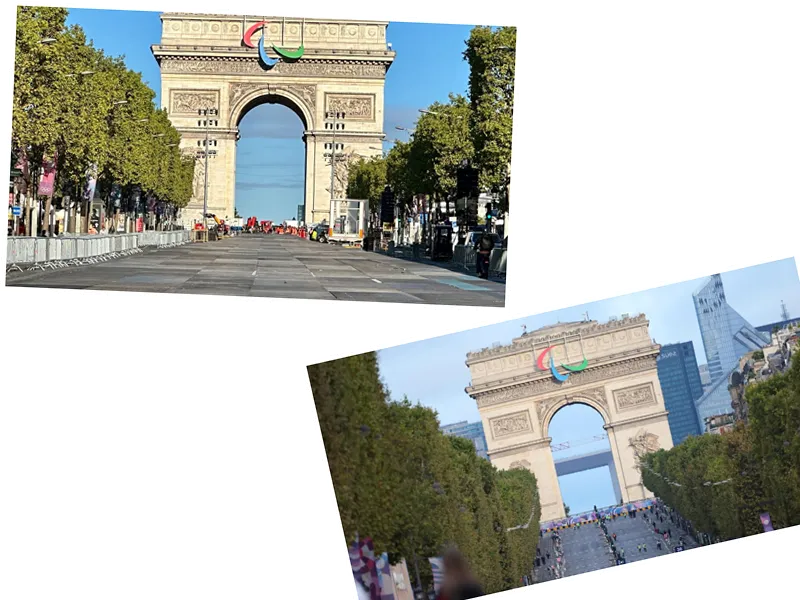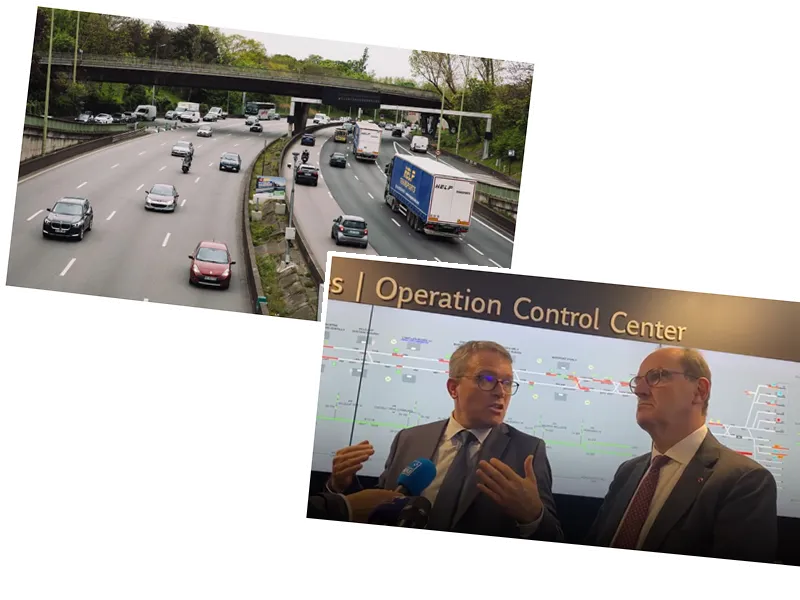As the Paris Olympic Games unfold, significant traffic disruptions are impacting the city of Paris, particularly in areas surrounding key competition venues. The Paris Prefecture has implemented extensive road closures and restrictions to facilitate the smooth running of various events, including triathlons, fencing, and beach volleyball. This article provides a comprehensive overview of the ongoing traffic conditions and metro station closures in Paris due to the Olympics.
Traffic Restrictions in Paris During the Olympic Games
Throughout the duration of the Paris Olympic Games, several sectors of the city are facing significant traffic restrictions. As of Wednesday, July 31, areas near the iconic Seine River, including the Pont de l'Alma and the Pont du Carrousel, will remain closed to motorized vehicles. These closures are essential to accommodate various Olympic events, such as fencing, archery, BMX freestyle, and 3x3 basketball. The bustling Champs-Élysées and Boulevard Saint-Germain are also affected, limiting access for both residents and visitors.
The triathlon events, scheduled for Wednesday morning, further complicate the traffic situation. The Champs de Mars area, hosting beach volleyball and judo matches, will see additional restrictions, with traffic prohibited on key quays between the Bir-Hakeim bridge and avenue de la Bourdonnais. Furthermore, the Porte d'Auteuil area, home to the prestigious Roland-Garros tennis matches, will experience road closures, impacting adjacent streets.
Metro Station Closures and Recommendations for Travelers
In light of the ongoing Olympic activities, several metro stations in Paris will be closed on July 31. Key stations affected include Concorde, Tuileries, Champs-Élysées – Clémenceau, and Michelangelo Molitor. Additionally, tram services on line T2 and line T3b will also be suspended.
The Paris Police Prefecture has advised motorists to avoid these areas as much as possible during the events. A red zone will be established, prohibiting motorized vehicles three hours before the start of each event, allowing only local residents and emergency vehicles access. On the other hand, pedestrians and cyclists will have unrestricted access within the red perimeter, ensuring they can navigate the city without disrupting the athletes. This temporary setup aims to ensure a successful and safe Olympic experience for both participants and spectators.






